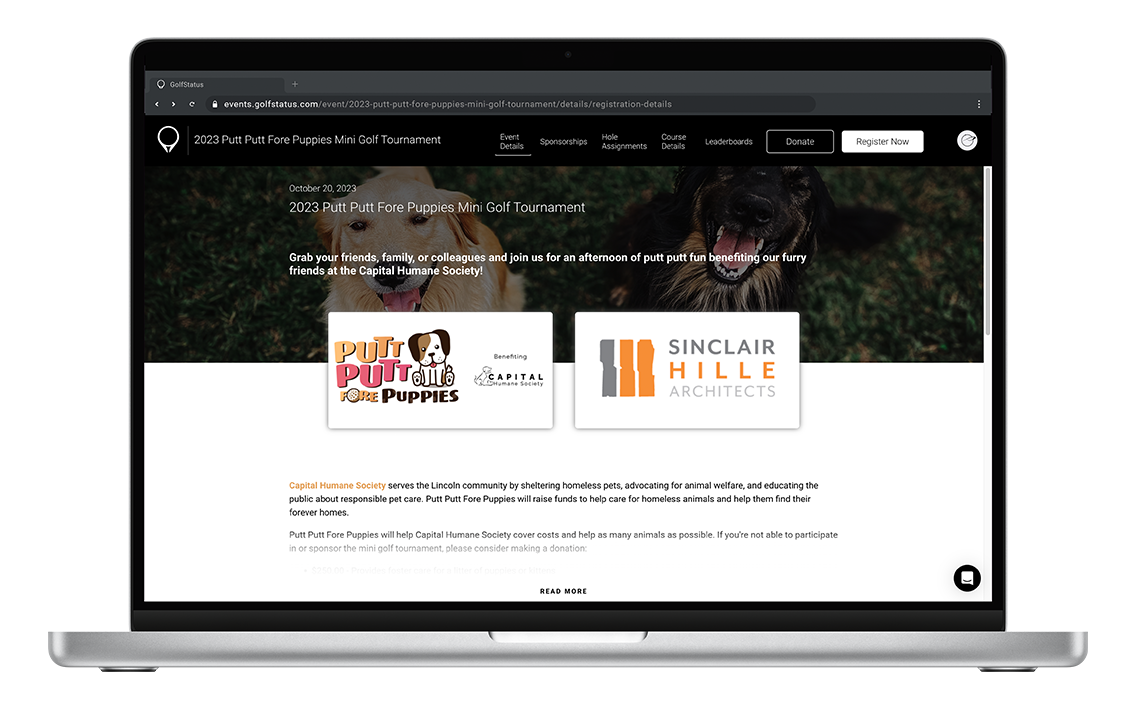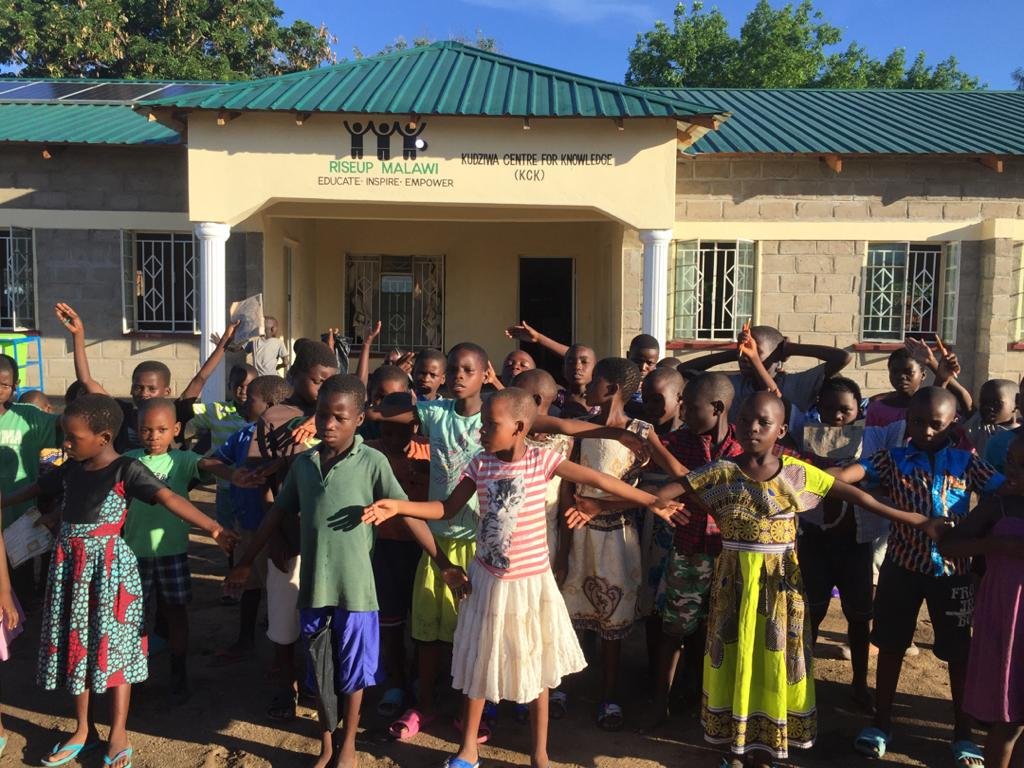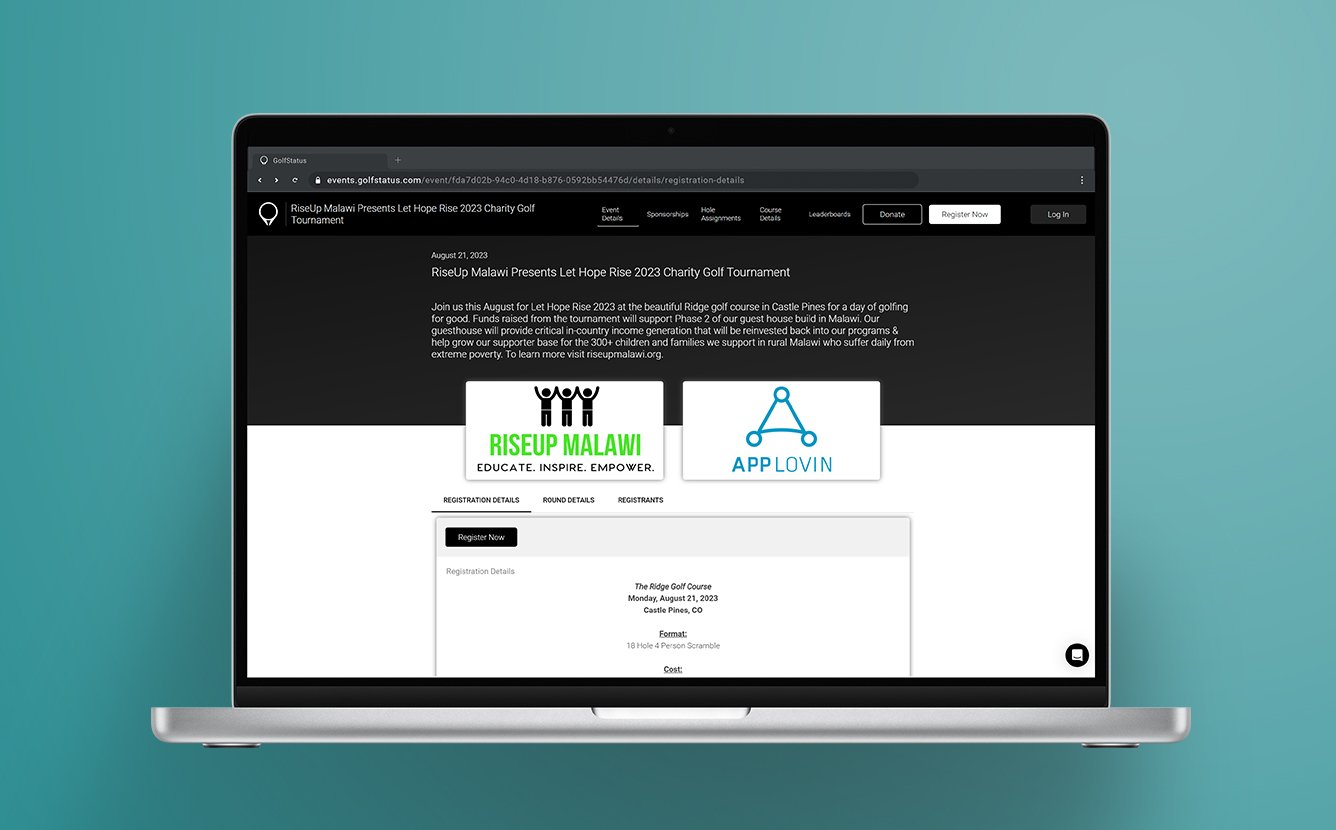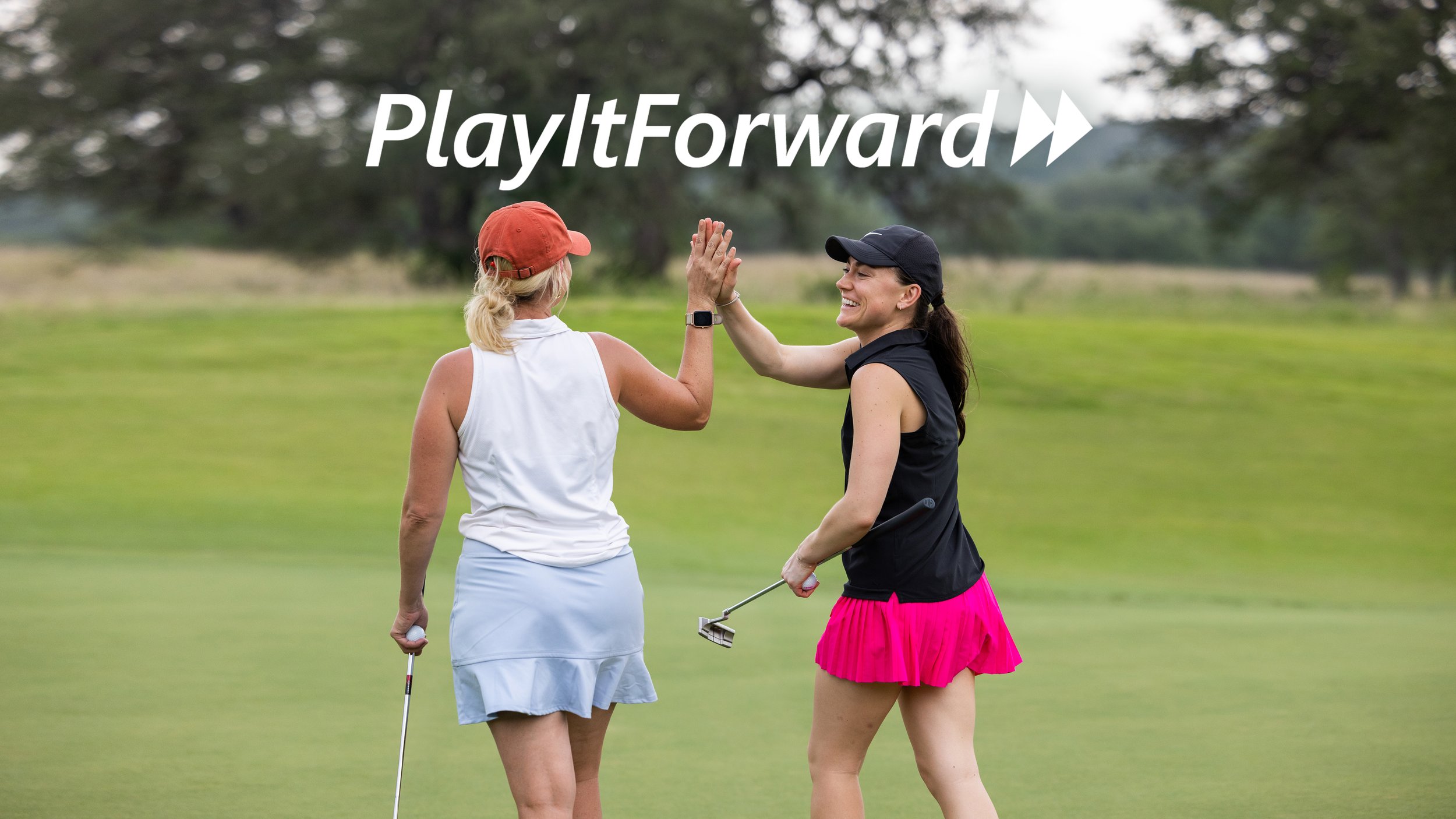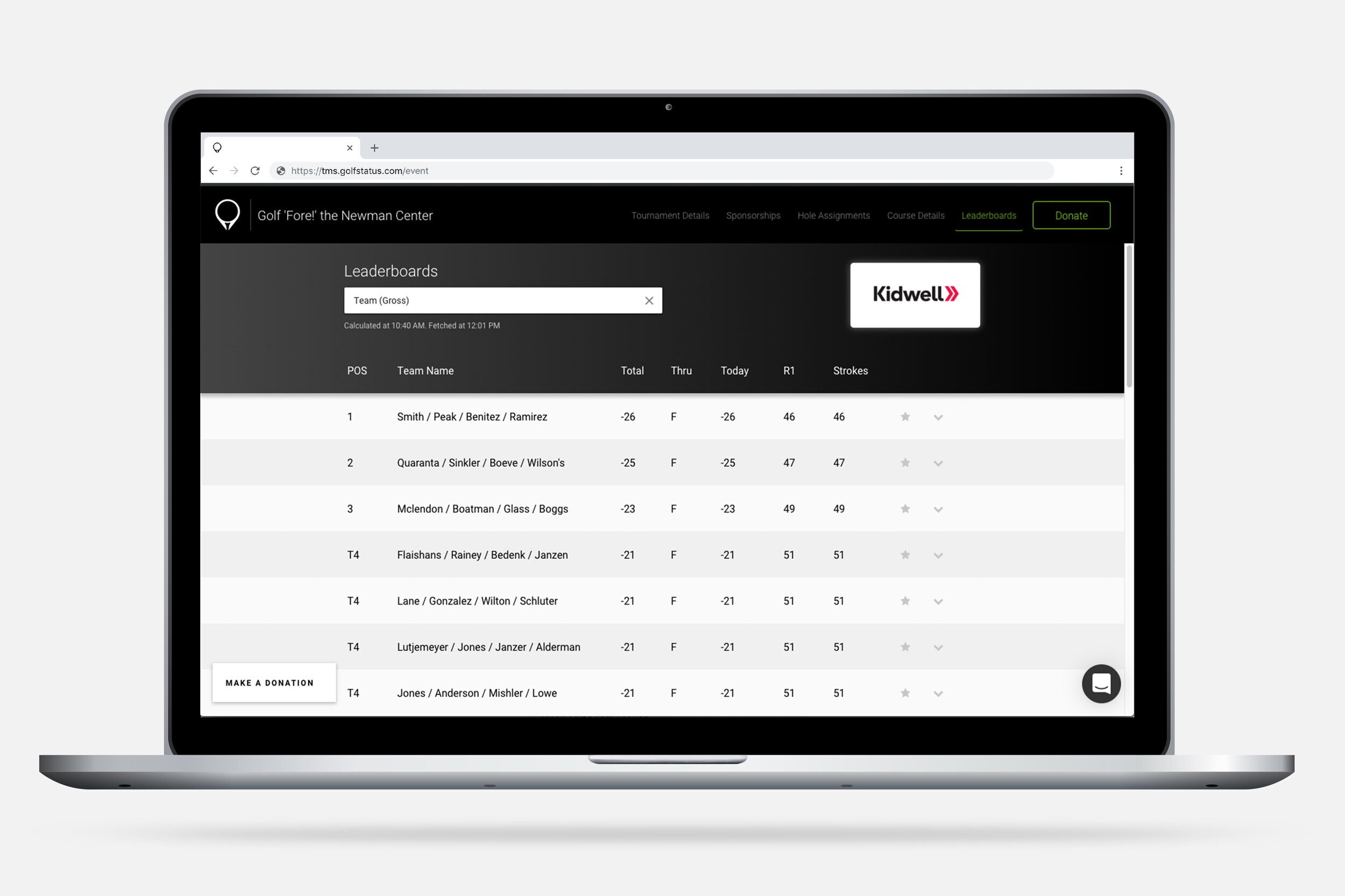As summer draws to a close, your nonprofit is likely turning your attention to year-end giving campaigns and begin planning for 2024 fundraising initiatives. If a golf tournament is a regular part of your fundraising event calendar, or you’re looking to add a spring or summer golf event to your fundraising portfolio, now’s the time to get started.
Keep your planning team organized and on track for a successful golf fundraiser by focusing on these six key planning tasks yet this year:
1. Book the Golf Facility
As the height of golf season winds down, facilities are also beginning to plan for next year. It’s a good idea to get a date on their calendar sooner rather than later, especially if you’re eyeing a high-end facility where your organization might be competing for a limited number of open dates for fundraisers and other outside outings.
2. Secure Your Tech Stack
Nonprofits are constantly looking for ways to be more efficient, stay organized, and streamline operations. Planning and executing the annual golf fundraiser are no different. Because golf tournaments come with unique details that must be appropriately handled to ensure a flawless event, finding the right tools and resources and getting them in place as soon as possible is crucial. Look for an event management platform that’s built for golf and can natively manage critical components like handicaps, flighting, hole assignments, and scoring without clunky workarounds.
3. Launch an Event Website
Getting your event website up early makes it easy to begin accepting registrations and donations and selling sponsorships now. Ideally, your website should be up before the first communication about the event goes out, including save-the-dates. In fact, it’s a good idea to open registration for next year’s event on the heels of the current outing if at all possible so folks can commit when the golf event is top of mind. An event website is also a great place to display pertinent information and updates. The sooner your site is live, the sooner you can communicate about the event in a context that makes sense.
4. Market the Event Early
Start marketing your event as far as four to six months in advance, especially if the golf tournament is a new fundraiser for your organization. Early communications can be quick and straightforward (such as a simple save the date that links folks to the event website). Start with donors who have supported the golf event in the past, as well as general organization supporters and those who have attended other fundraising events.
Early communications also allow you to get on sponsors’ radars ahead of their annual budget planning. For this reason, it’s a good idea to send save-the-dates for spring and summer fundraisers ahead of year-end. Also be sure to target not only veteran donors and year-over-year event participants, but the new supporters they’ve invited to fill out their teams; these attendees provide an opportunity to target new sponsors and garner additional support. Make an announcement on social media, and if you have some dollars available, consider running paid ads to cast a wider net of potential new golfers and sponsors.
5. Leverage Your networks
Your organization likely has some powerful connections in its collective personal and professional networks. Give yourself plenty of runway and start calling on your planning committee, board of directors, staff, regular donors, and dedicated volunteers and asking them to tap into their networks to:
Identify contacts at local and national businesses that should be targeted as potential tournament sponsors.
Invite friends, family, colleagues, and peers who might be interested in playing in the event.
Solicit in-kind donations for auction items, raffle prizes, pin prizes, other giveaways, event food and beverage, or post-round entertainment.
Ken’s Krew includes a putting contest in their annual golf fundraisers.
6. think about add-ons & extras
How are you going to make your tournament stand out? What can you do to make it memorable for golfers and sponsors? Golf tournaments come with a ton of options to boost revenue while elevating the overall experience to keep supporters coming back year after year. Fun add-ons are sure to leave a lasting impression and bring in even more dollars for your cause. Start thinking about ways to connect any on-course games or contests to your cause, get pricing and details for on-course entertainment, and secure hole-in-one contest insurance. Getting these pieces in place early in the planning process gives you more time to secure sponsorships (and cover hard costs) for these add-ons.
Get Qualified for No Cost Golf Event Tech
GolfStatus’ robust tournament management software streamlines and simplifies golf fundraisers to save busy nonprofit event organizers time and effort. Its built in fundraising tools, exclusive sponsorships, and premium add-ons help raise even more money for your cause. Nonprofits and those planning a golf event to benefit one can qualify to use GolfStatus at no upfront cost—including an event website, online registration, custom sponsor packages, live scoring, and much more—through our Golf for Good program. Click below to learn more and get qualified!







